About Confluence
Throughout its history, Confluence has been a collaboration between Columbia River tribes, river communities and Maya Lin. The artworks have been funded through a mix of government agencies, generous individuals, and foundations. Our education and community programs rely on a collaborative network of partner organizations, tribes, schools, and volunteers.
“I support Confluence because its programs make Columbia River history and culture come alive for students and adults. The programs bring about respect and appreciation, and they delight.”
~Gayle Rothrock
Our mission can only be sustained with the support of the Friends of Confluence, who contribute $25 or more per year, many in small amounts every month. We also rely on Confluence Legacy Makers, who contribute $1,000 or more annually as a way of leaving a legacy in the landscape of the Columbia River system and in the next generation of stewards of our shared landscape.
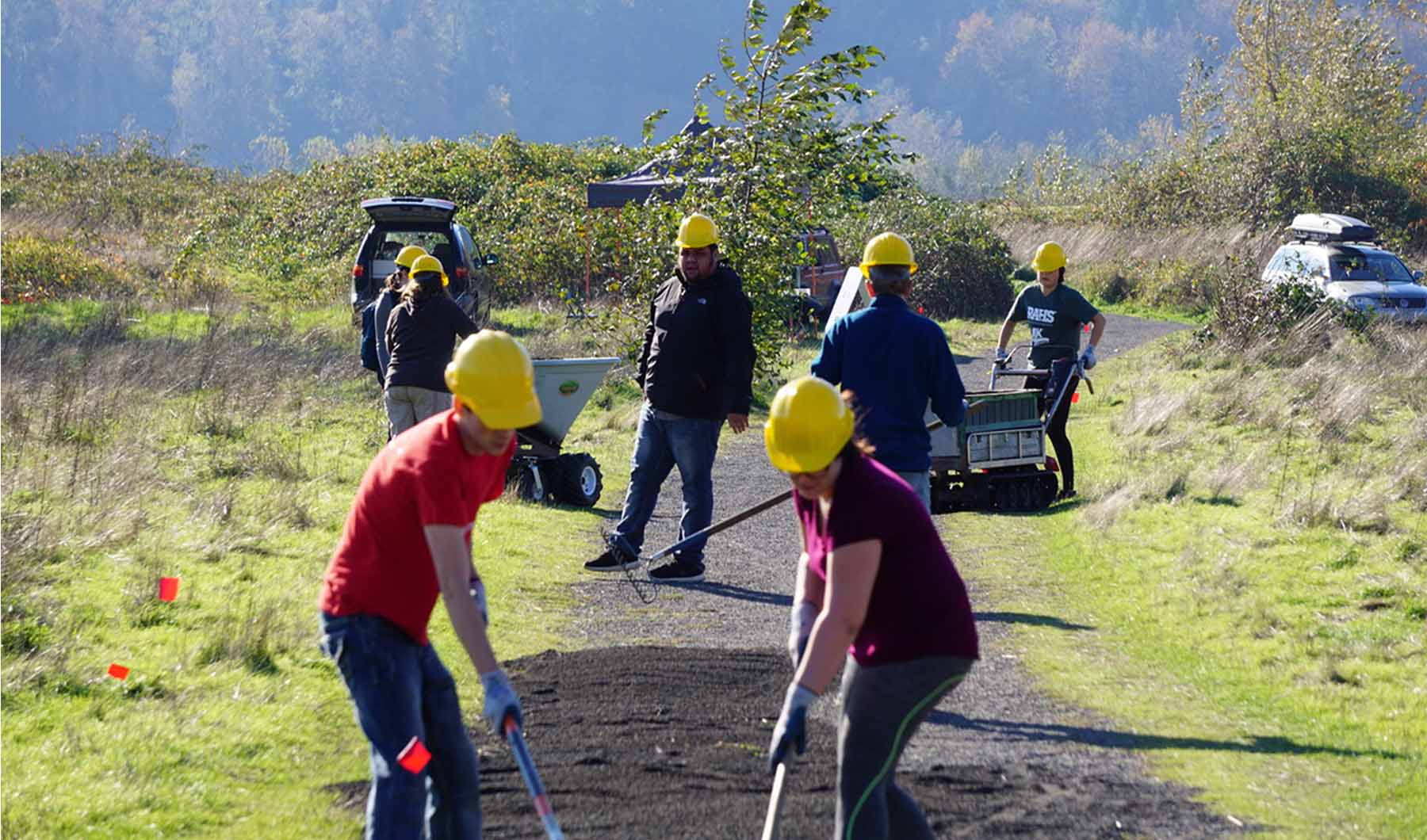
Confluence projects and programs are managed by a small and passionate staff dedicated to expanding public understanding of our shared homeland. Our board of directors is made up of tribal leaders, contributors, and community advocates from throughout the Columbia River region.
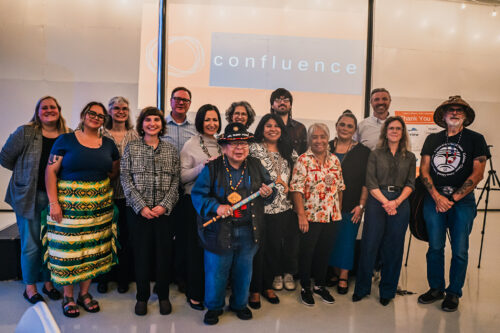
Confluence connects you to the history, living cultures, and ecology of the Columbia River system through Indigenous voices. We are a community-supported nonprofit that works through six art landscapes, educational programs, and public gatherings in collaboration with northwest tribes, communities, and the celebrated artist Maya Lin.
Maya Lin

Maya Lin interprets the natural world through science, history, politics, and culture, creating a remarkable and highly acclaimed body of work in art and architecture. LIke all of her works, Lin’s Confluence Projects merge the physical and psychological environment, presenting a new way of seeing the world around us.
Lin’s memorials address the critical social and historical issues of our time. The Vietnam Veterans Memorial, which she designed as an undergraduate student at Yale, The Civil Rights Memorial in Alabama and the Women’s Table at Yale make our history part of the landscape. Her latest work What is Missing? focuses on the environment.
Academy Award winning film Maya Lin: A Strong Clear Vision by Freida Lee Mock is released. It explores this American artist’s life and her work on the Vietnam Veterans Memorial in Washington, D.C. The film inspires Antone Minthorn to ask Maya Lin to design a series of public art installation on the Columbia River.
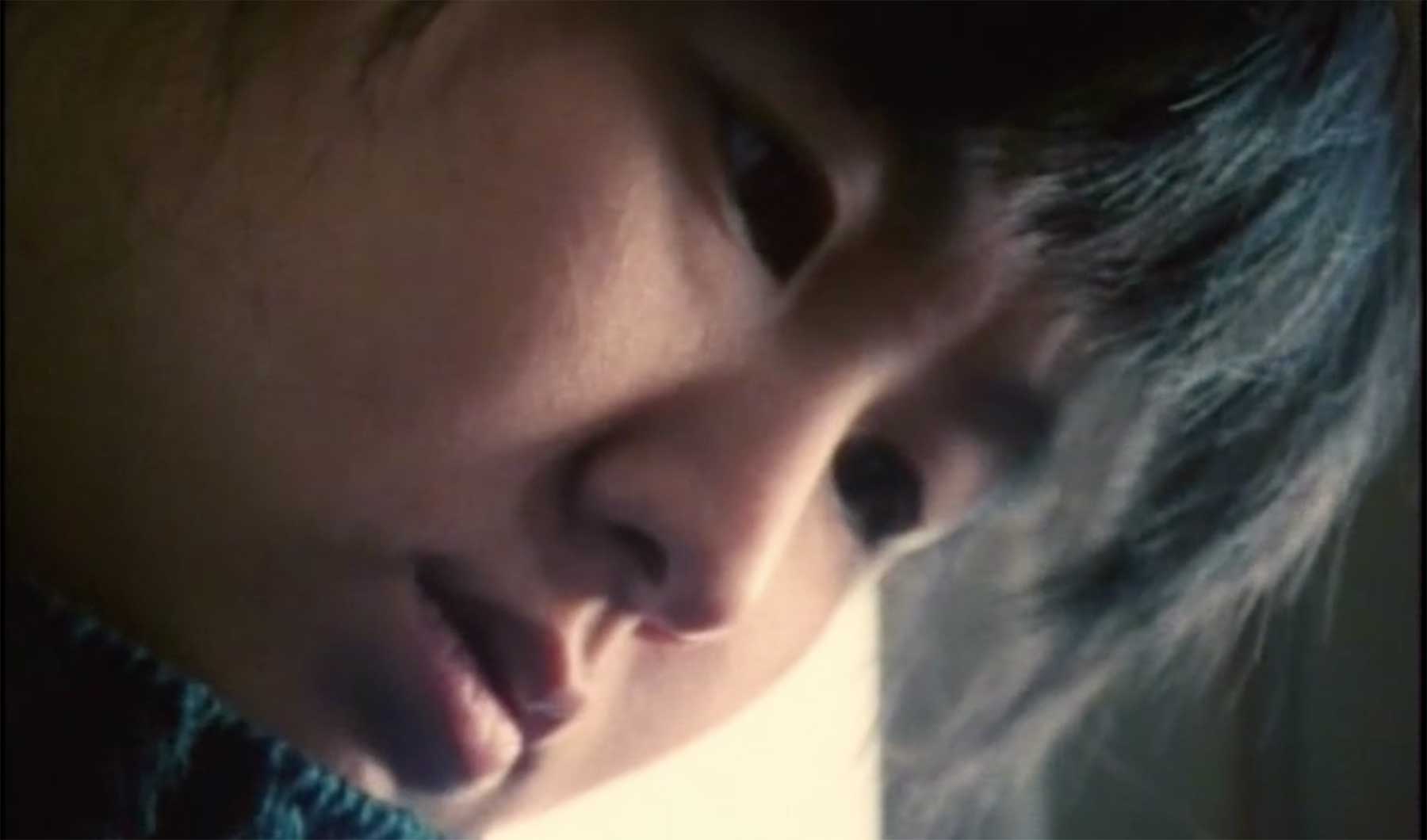
Historians, community and tribal leaders begin discussing how to commemorate the upcoming bicentennial of the Lewis and Clark Expedition. They agree the story should not perpetuate the myth that the explorers “discovered” the Columbia River.
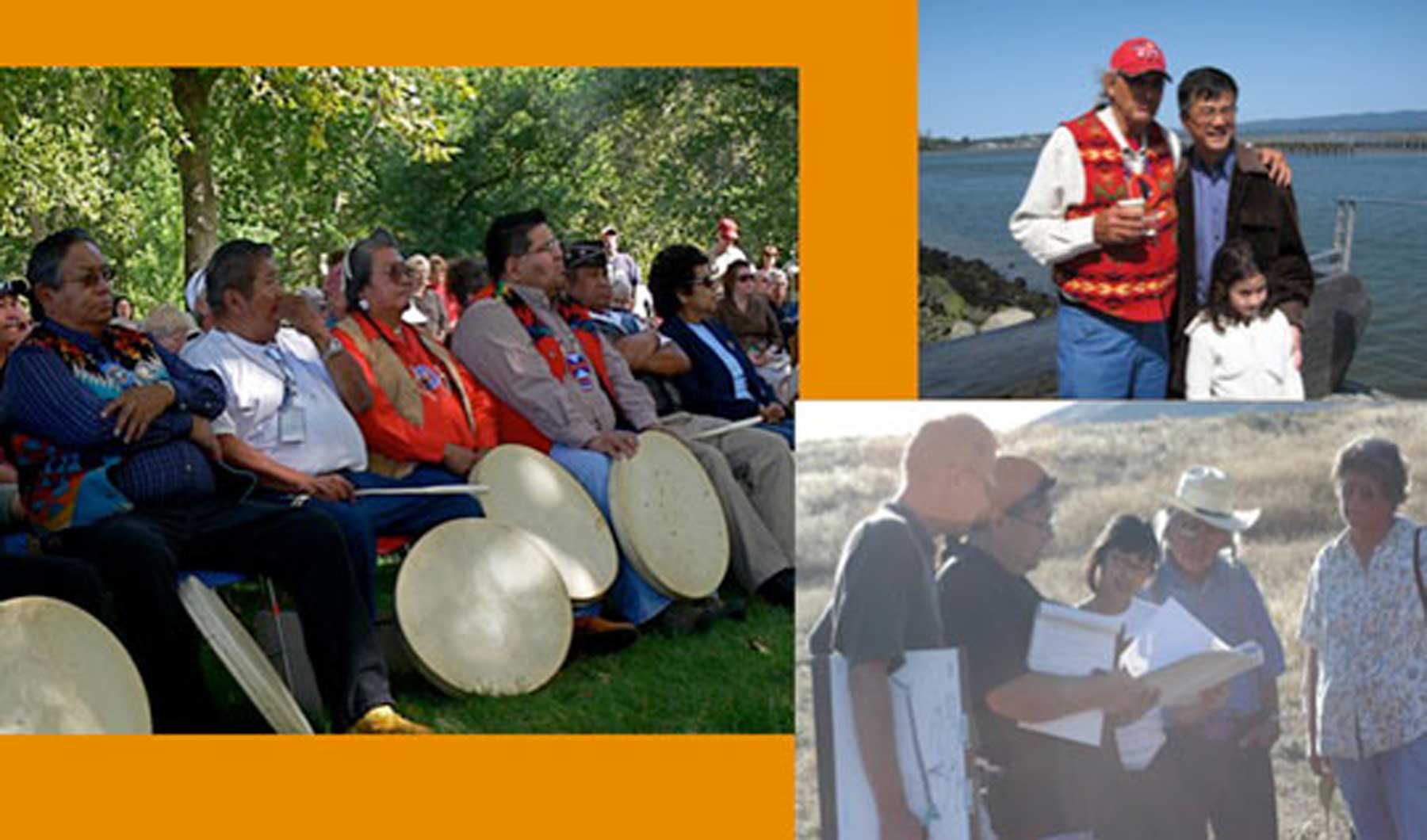
Antone Minthorn gets the idea of asking Maya Lin to design a series of public art installations along the Columbia River to tell a story of resilience. Jane Jacobsen, from the Vancouver National Historic Trust, has the same idea on the same day. Both independently call David Nicandri of the WSHS who connects them.
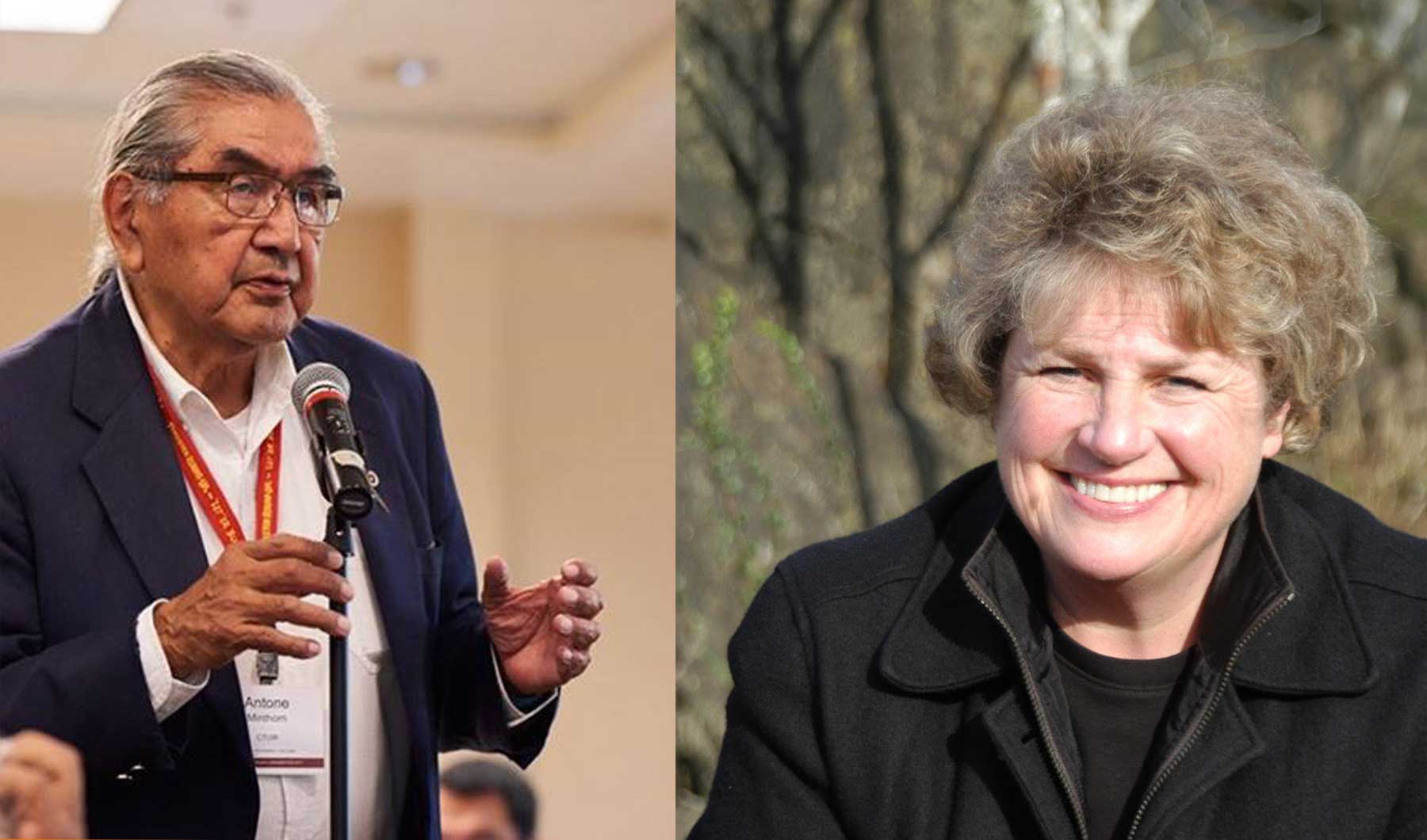
Delegation of tribal leaders from the Columbia River visit Maya Lin’s studio in New York to discuss how the Lewis and Clark Bicentennial can be an opportunity to tell the story of the Columbia River from the perspective of descendants of the people the explorers met.
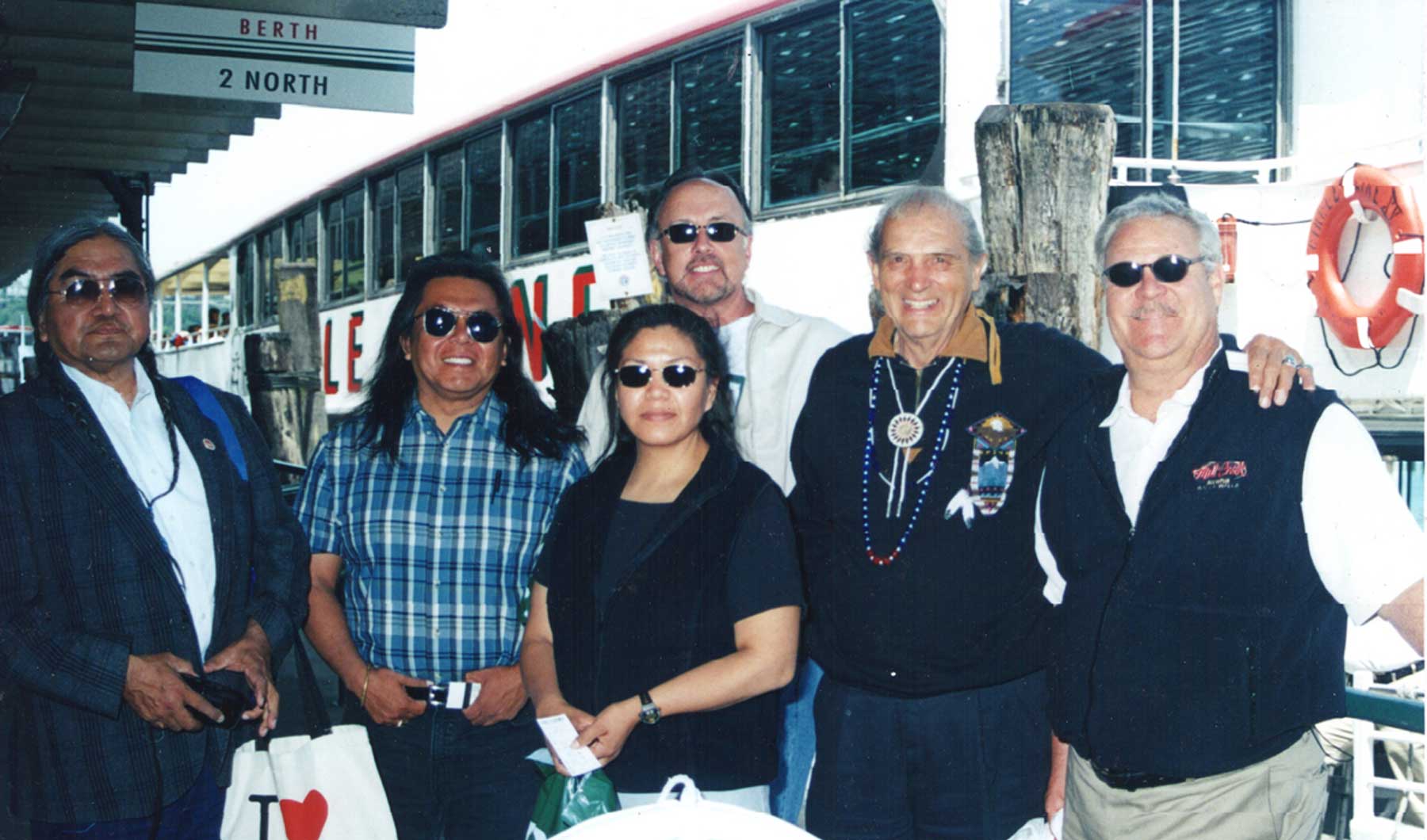
Maya Lin begins historical research and tribal consultations to create designs of Confluence Project sites. Confluence Project is established as a 501(c)3 nonprofit dedicated to building art sites. Jane Jacobsen is named founding executive director.
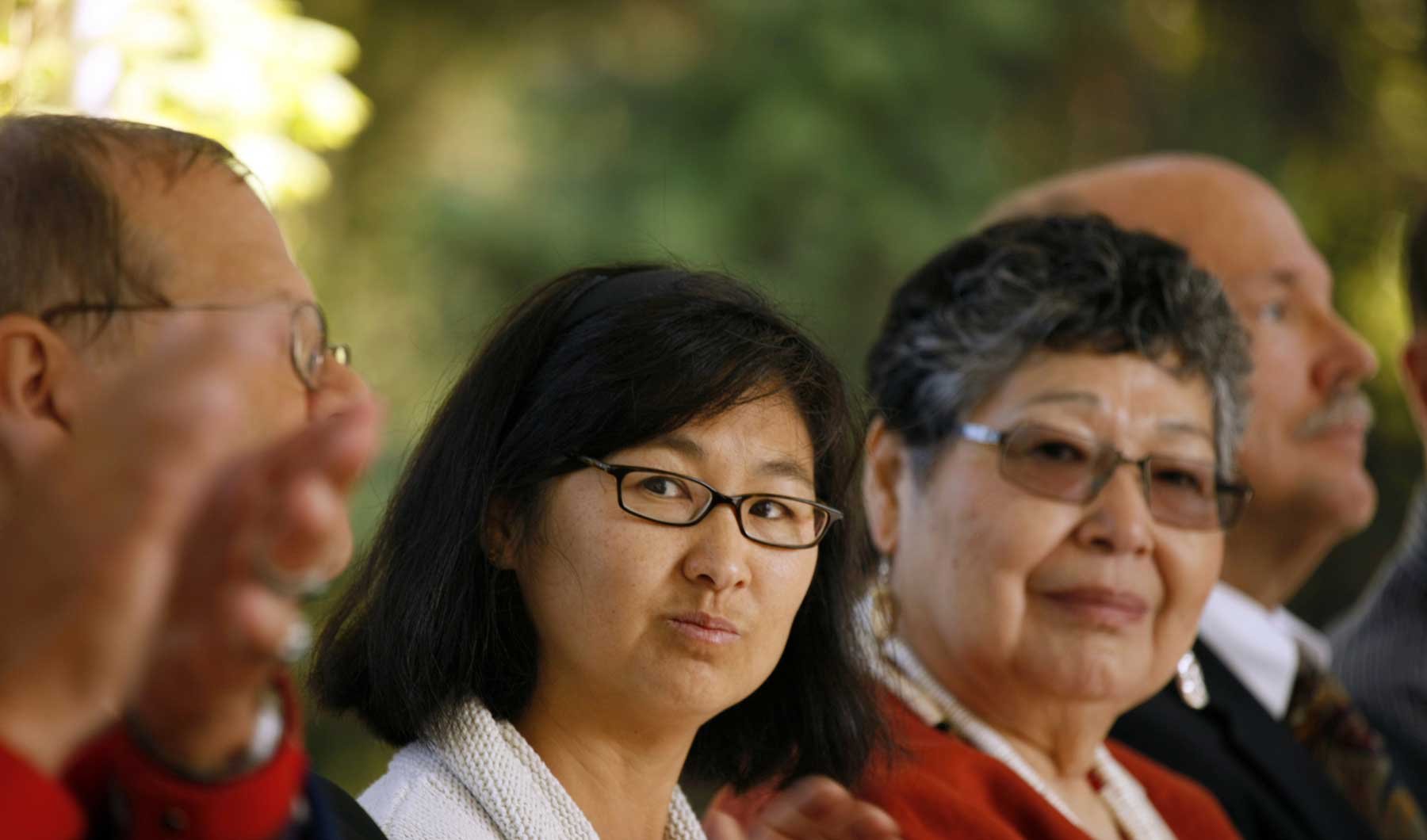
Lewis and Clark Bicentennial commemoration events begin. The national exhibition travels from Washington, DC to Portland, OR.
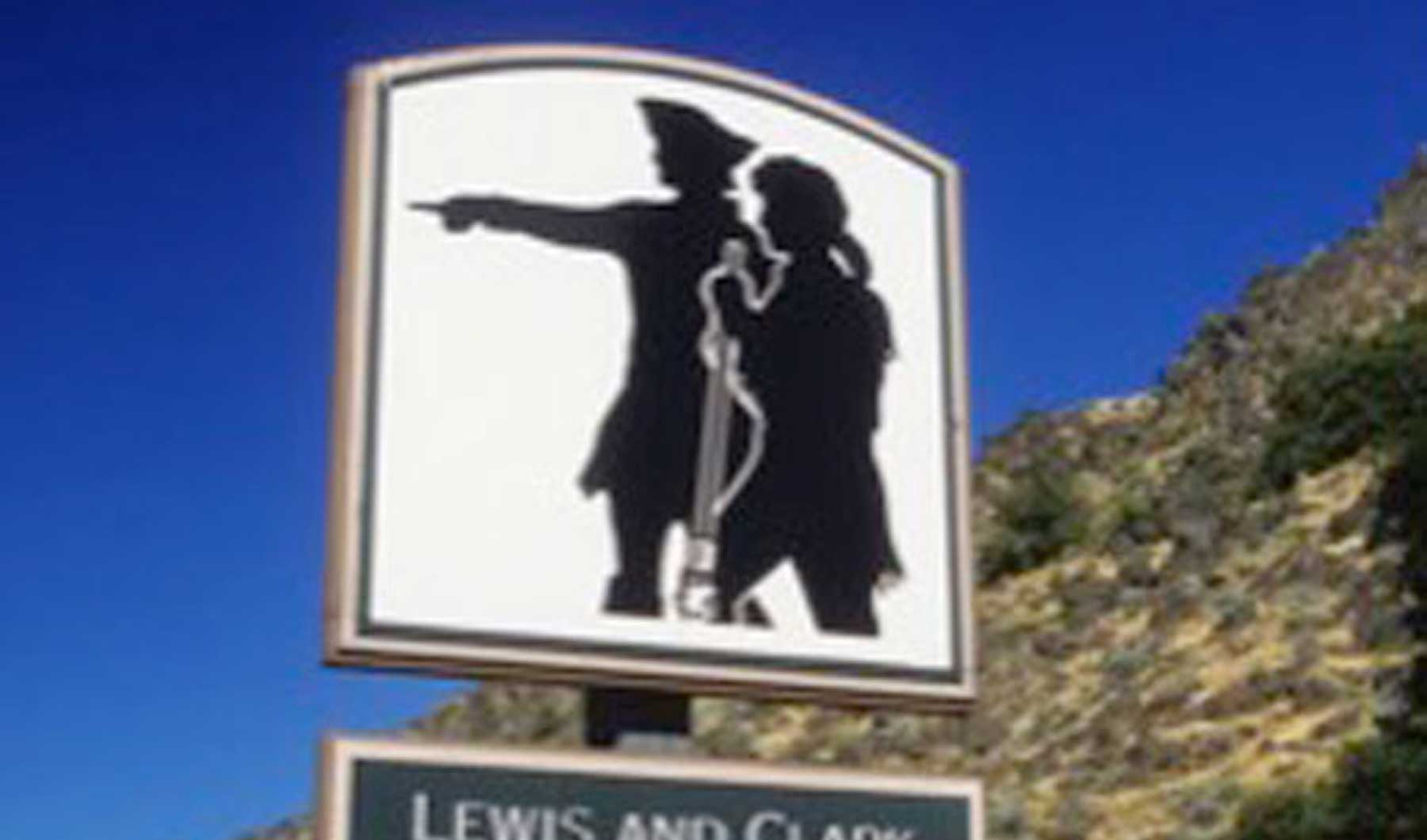
Work begins at Cape Disappointment State Park near Ilwaco, Washington. Dedication ceremony held in collaboration with the Chinook Indian Nation. Meanwhile, Nez Perce Tribe holds a blessing Ceremony at Chief Timothy Park near Clarkston, Washington.
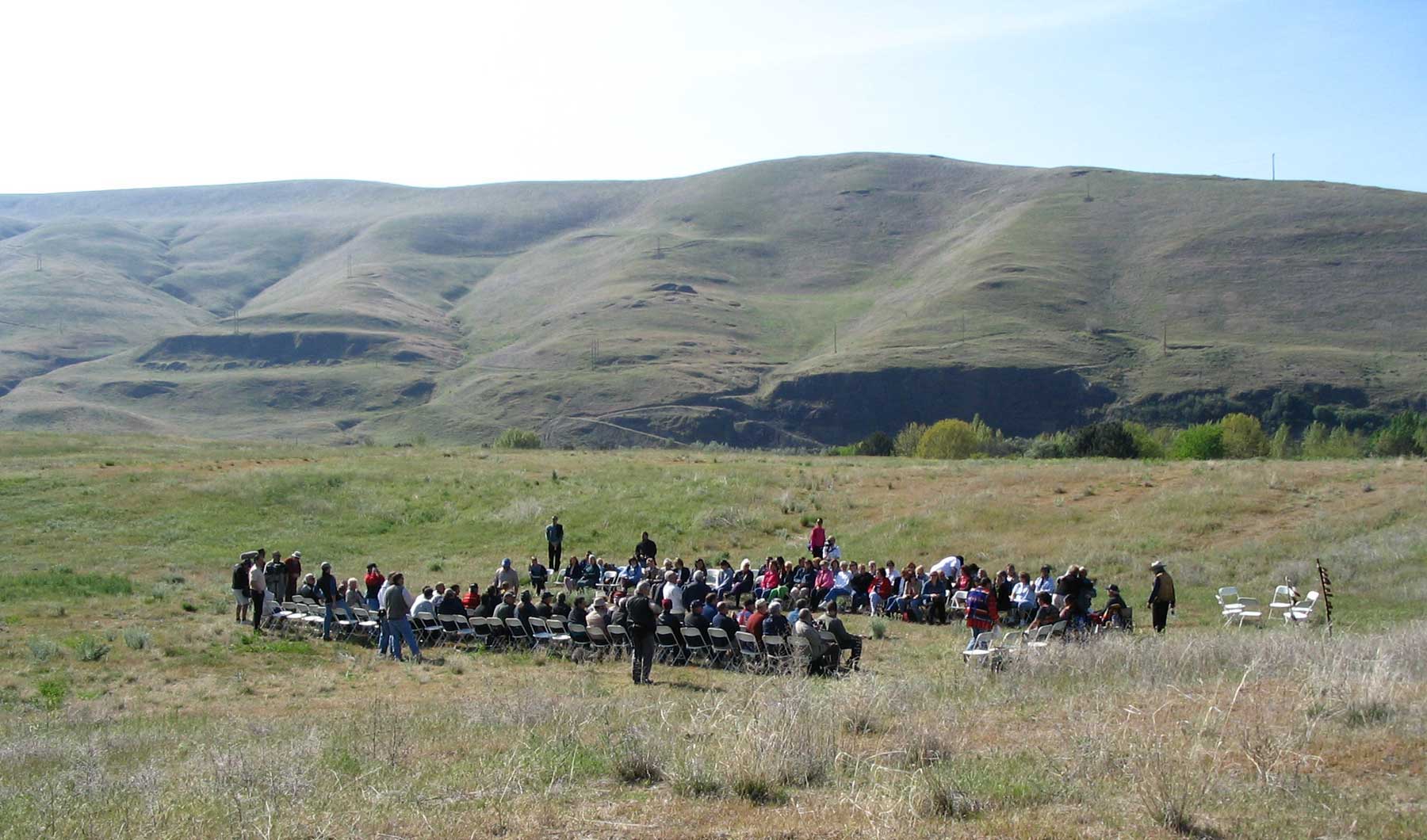
Redesign of Cape Disappointment State Park completed and dedicated. Artworks include Fish Clean Table, Baker Bay Overlook, Blessing Path, Cedar Circle, and Lewis and Clark Boardwalk.
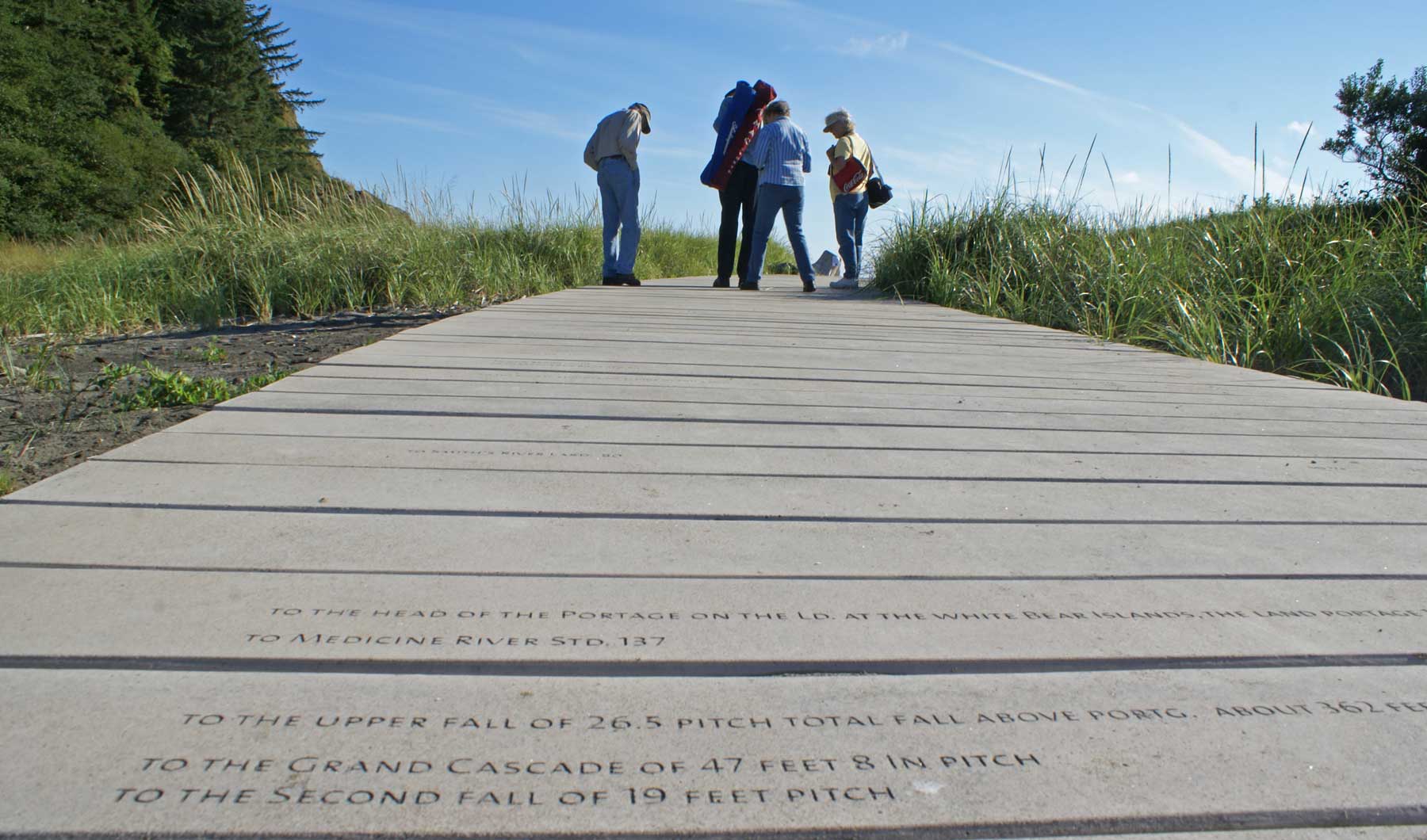
Confluence’s first education program, Confluence in the Schools, worked to inspire students to follow Maya Lin’s lead and create their own art projects related to the history of the Columbia River. The program also included professional development opportunities for teachers.
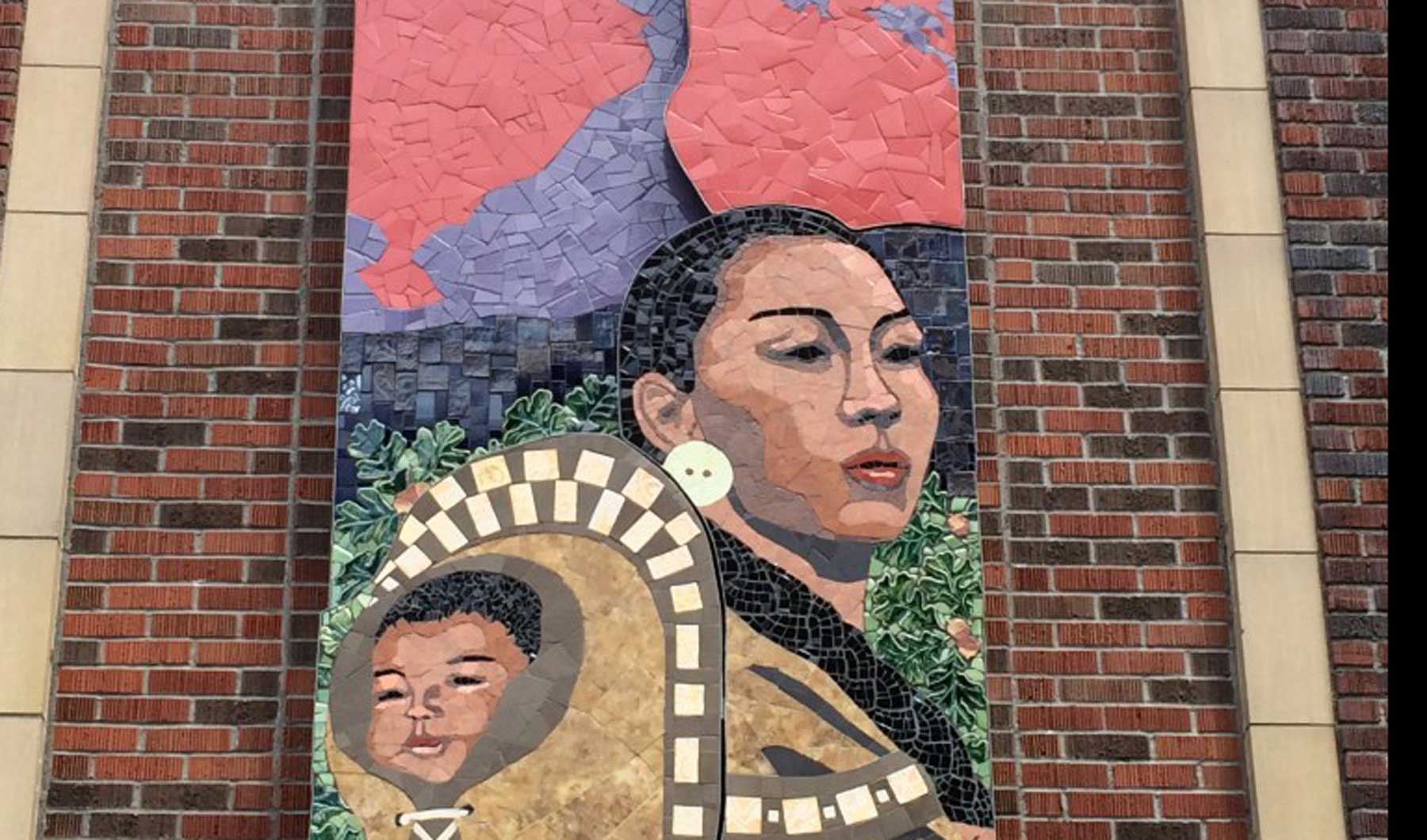
Work completed on the Confluence Land Bridge in Vancouver, Washington and the Confluence Bird Blind at the Sandy River Delta in Troutdale, Oregon. Both sites dedicated on the same day with ceremony, celebration, and ice cream.
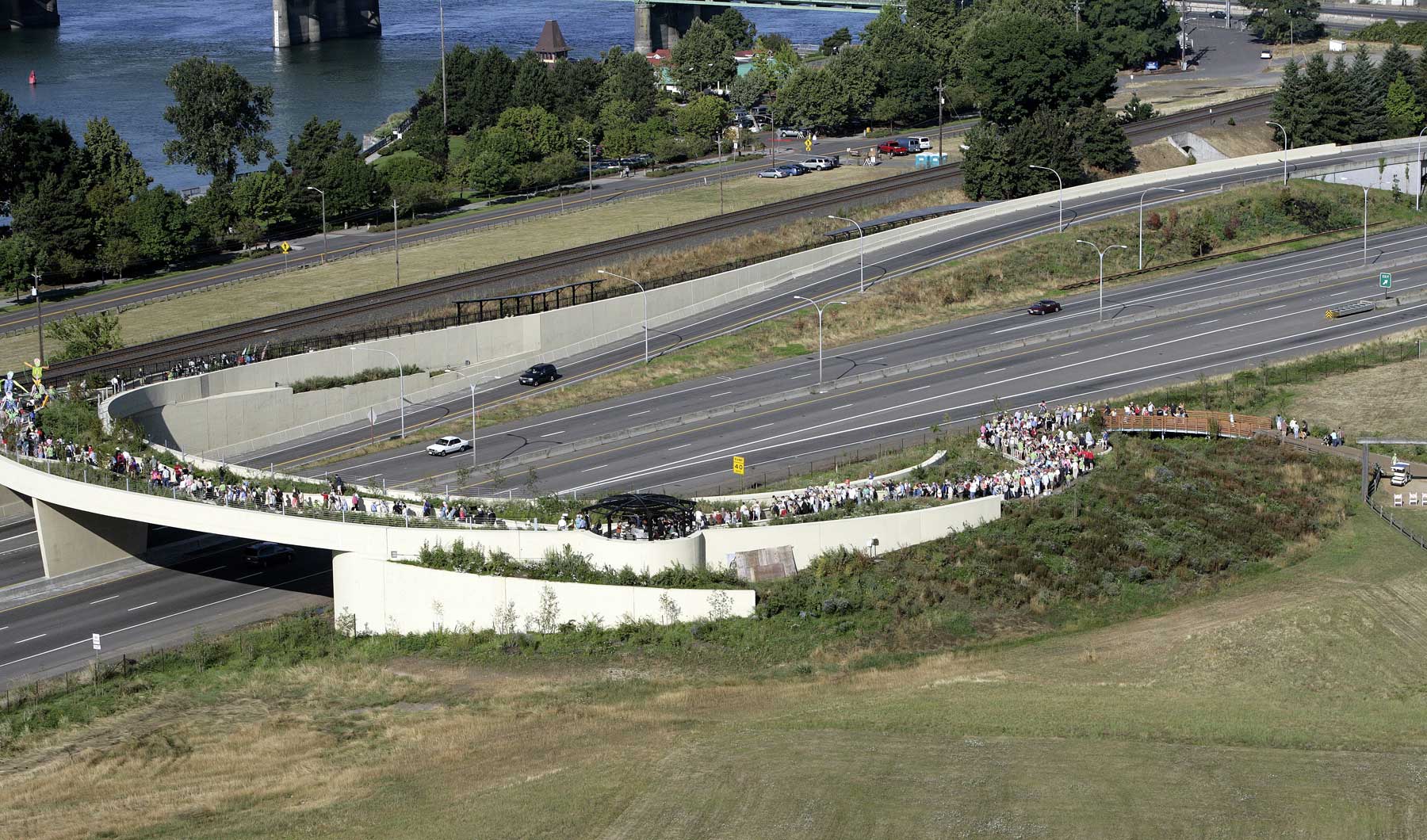
Artist Lillian Pitt (Warm Springs) helps found Gift from Our Ancestors, a program to connect students to Native artists and educators to create art projects related to the Columbia River. Today these programs are known as Confluence in the Classroom and Confluence Outdoors.
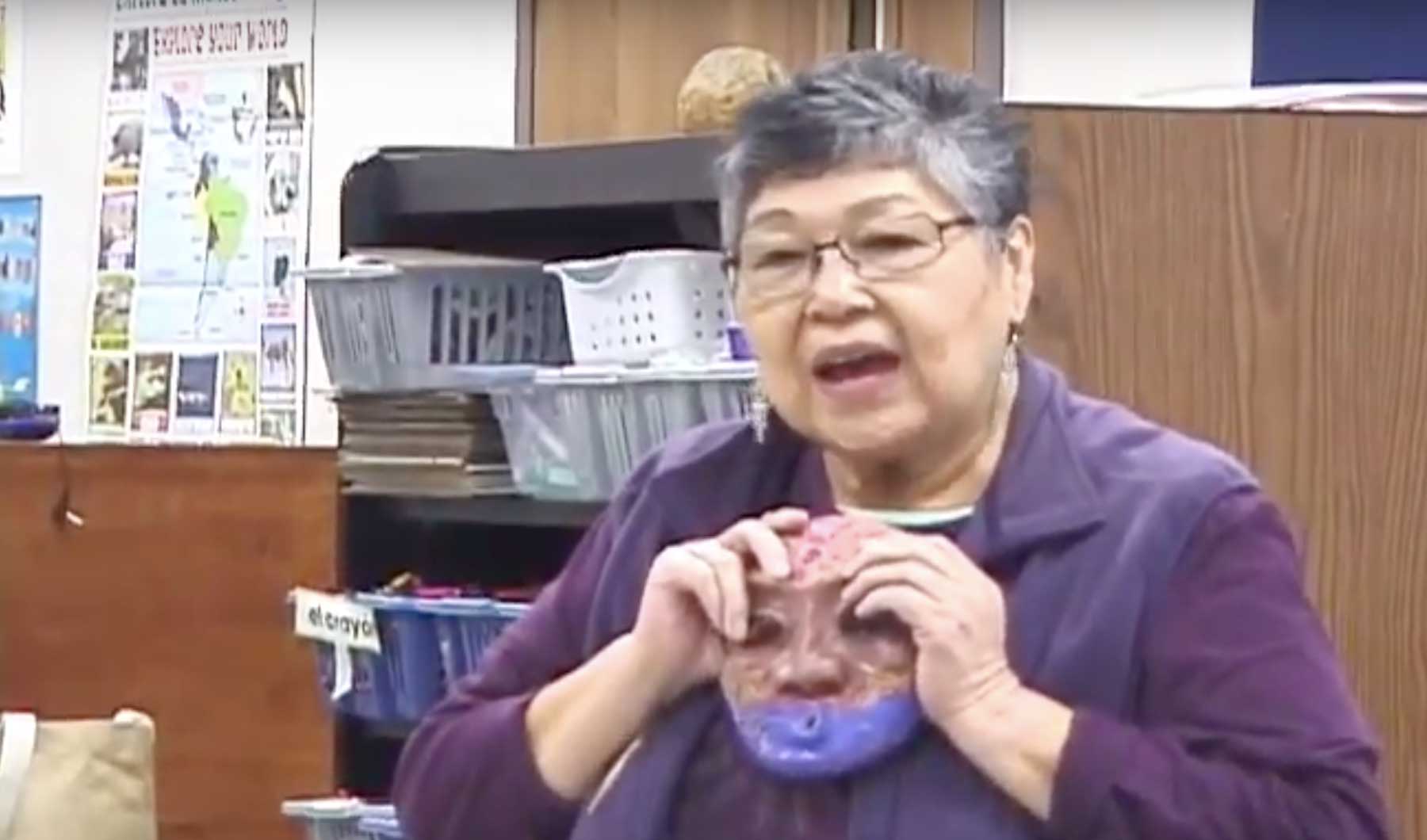
Work completed at the Confluence Story Circles at Sacajawea State Park in Pasco, Washington. Dedication ceremony includes elders and leaders from four Columbia River treaty tribes.
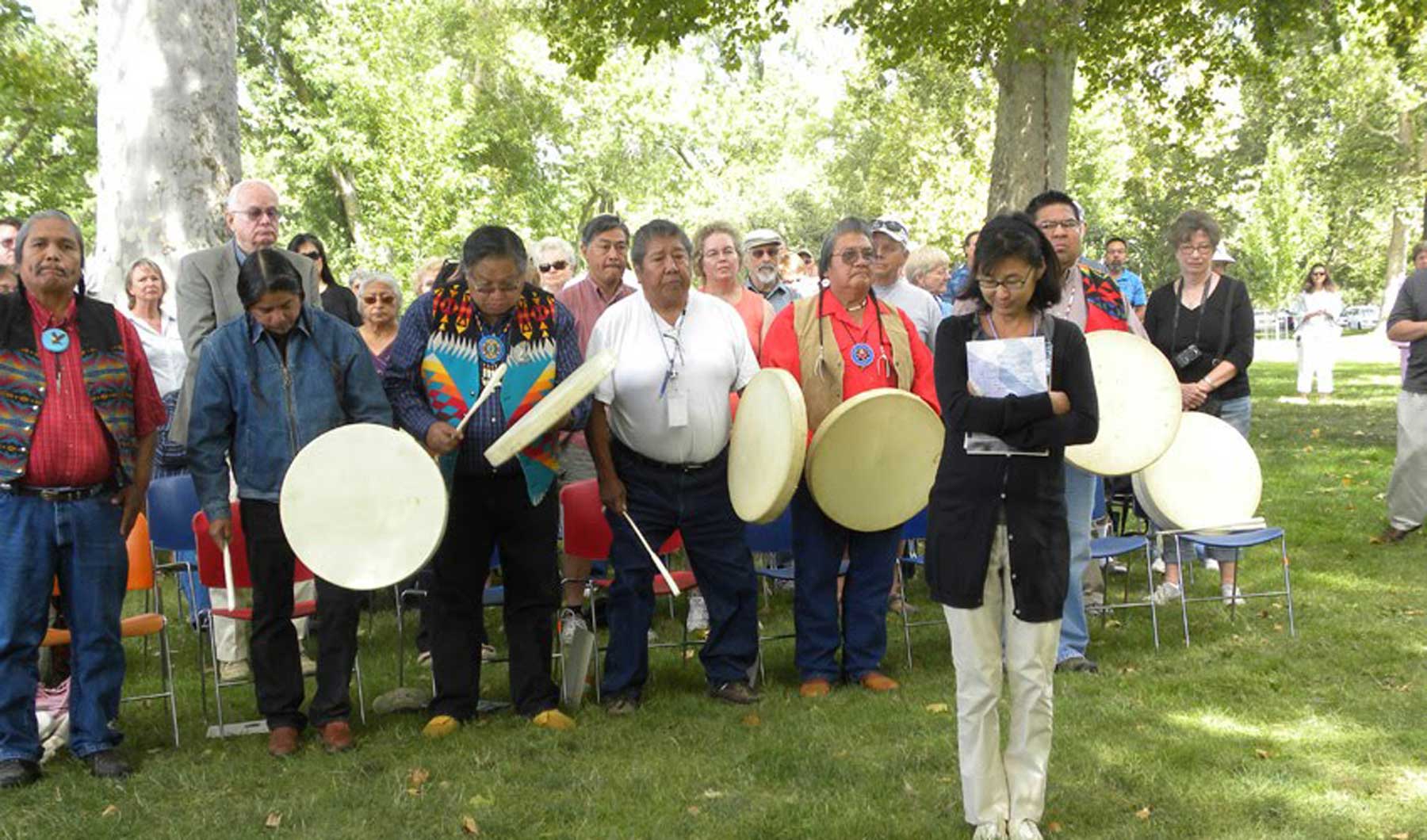
After several years of consultation and design revisions, tribal councils from four Columbia River treaty tribes — Warm Springs, Umatilla, Nez Perce and Yakama — give formal approval of Confluence Project at Celilo Park to educate people about Celilo Falls and honor the Indigenous people of the Columbia River.
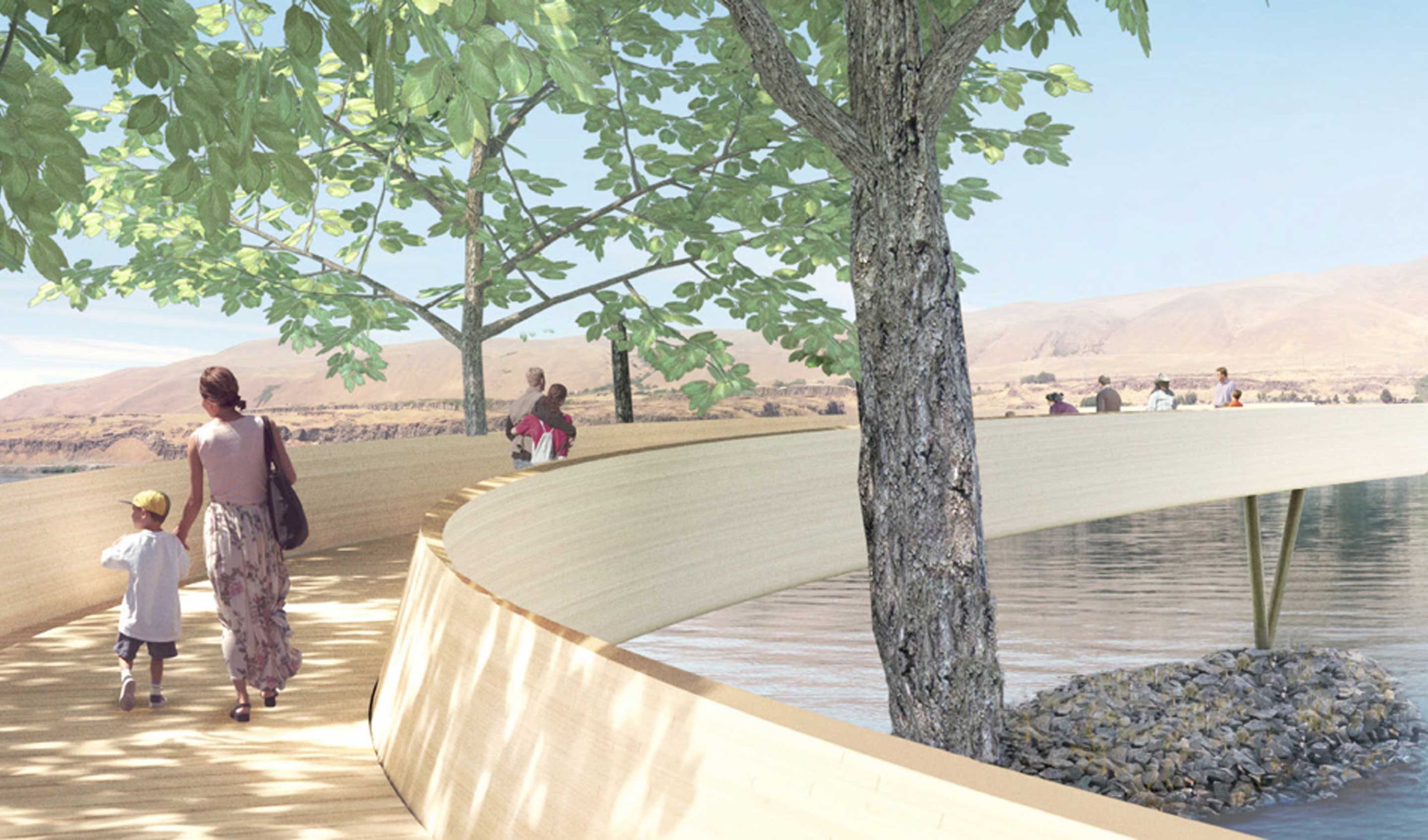
Confluence Board of Directors decides against the original plan to “sunset” the organization after art sites are completed in favor of continuing conservation of artworks and education in the communities around the sites.
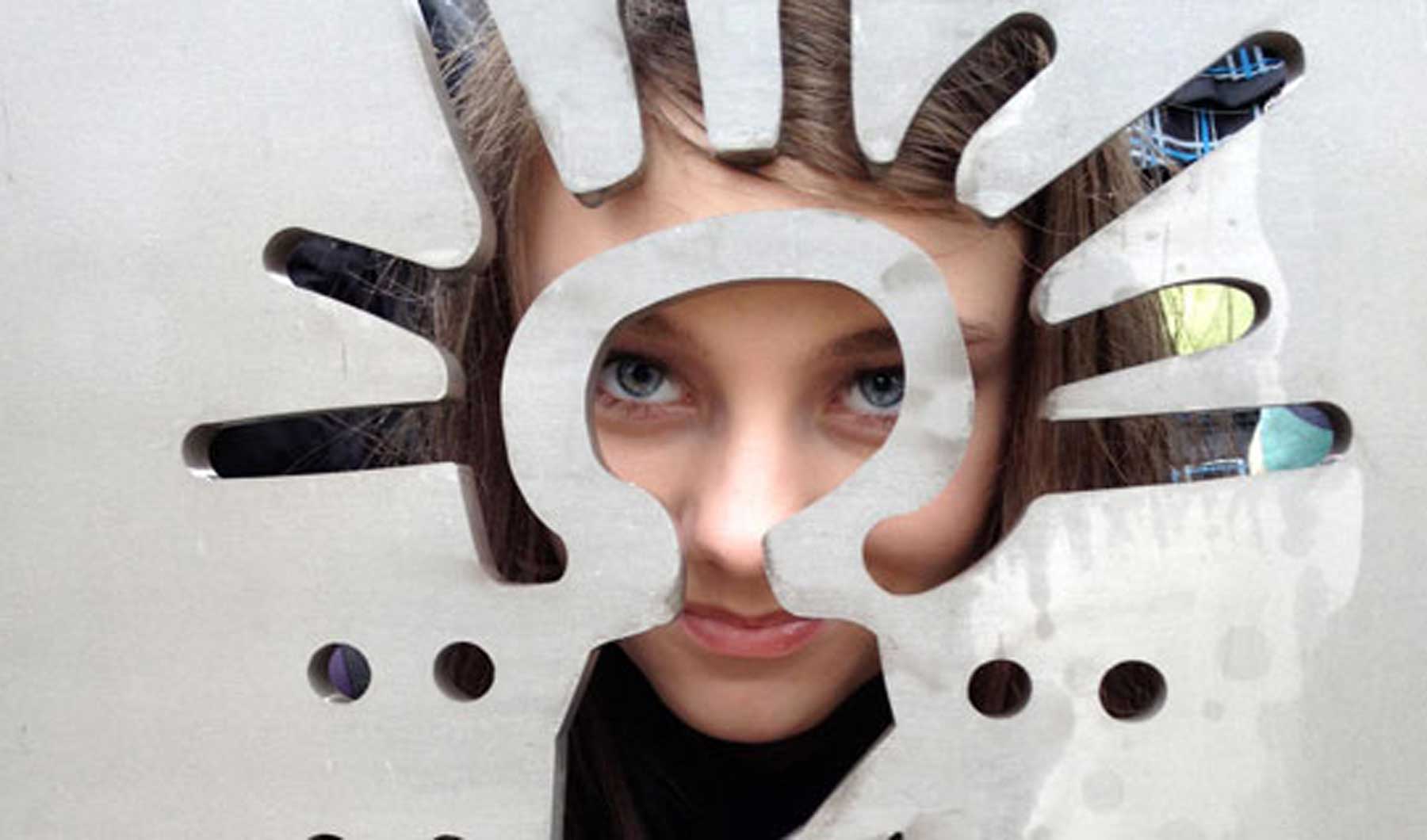
Colin Fogarty hired as Executive Director to complete sites and transition the organization to focus on educational and community programming. Jane Jacobsen remains active on Confluence Board of Directors.
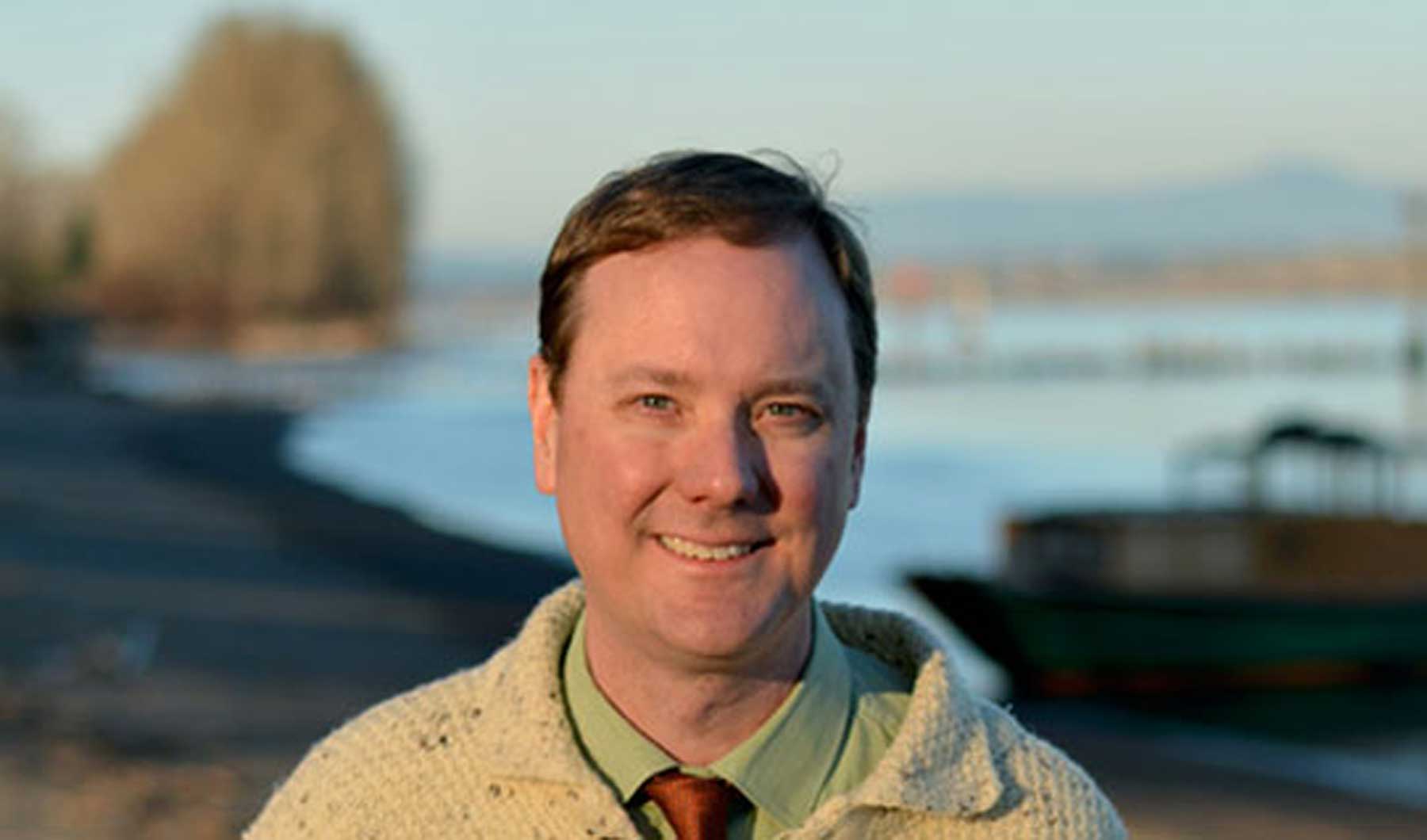
Work completed at the Confluence Listening Circle at Chief Timothy Park on the Snake River near Clarkston, Washington. Nez Perce dedication ceremony in May includes the same two elders who lead the original blessing ceremony in 2005: Wilfred Scott and Horace Axtell.
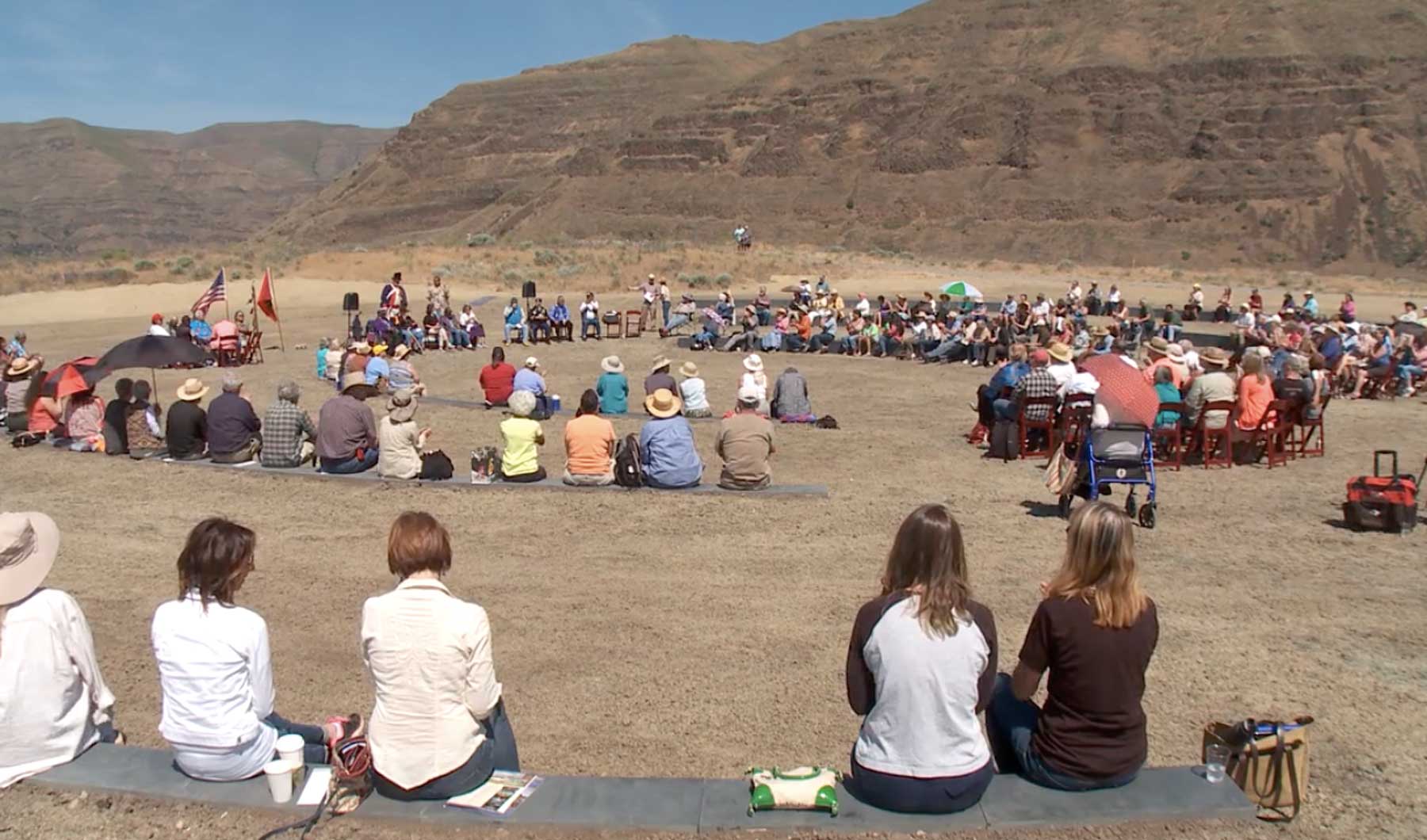
Confluence Outdoors becomes the field trip extension of Confluence in the Classroom, to connect students with native artists and educators in outdoor settings.
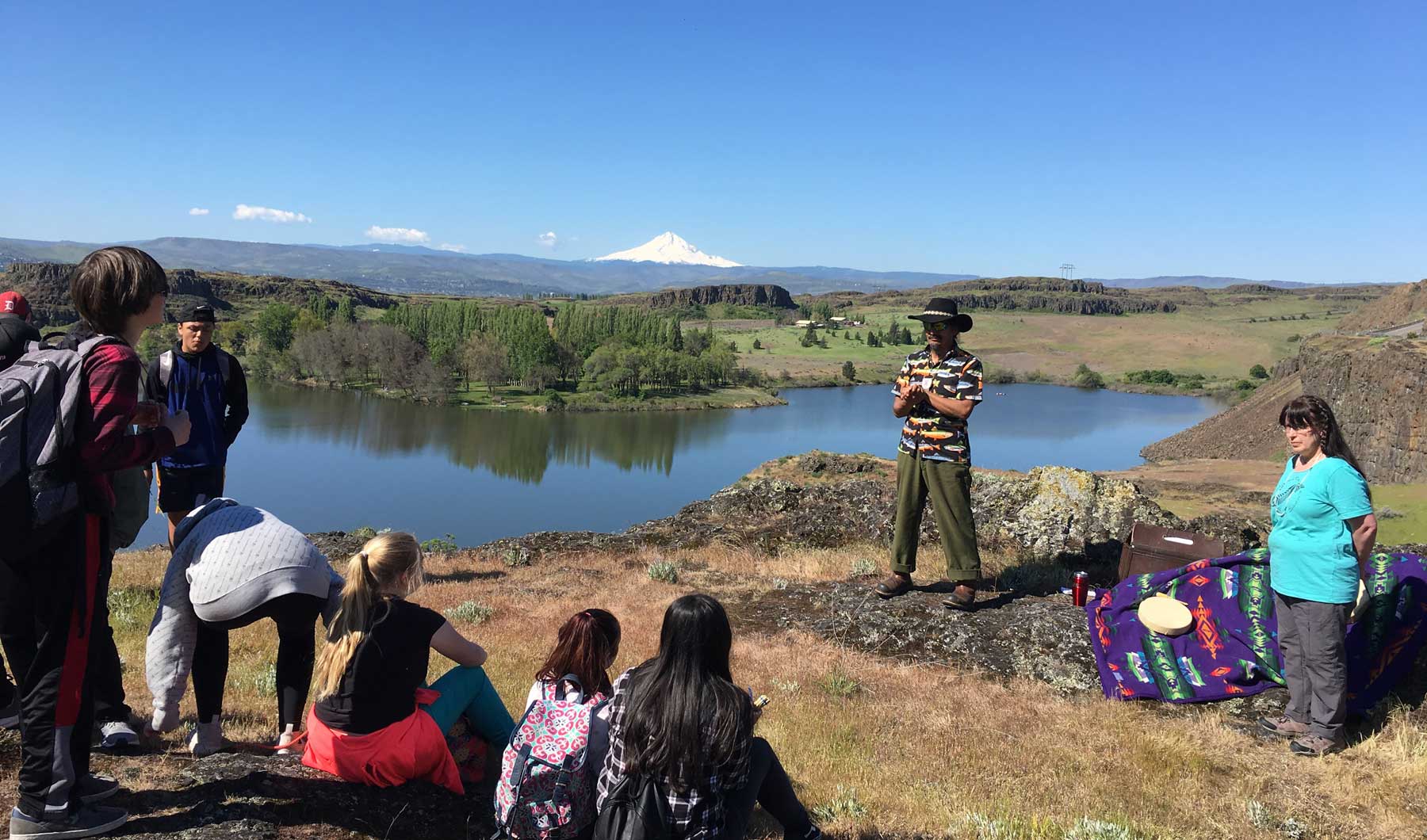
Confluence develops professional development workshops for teachers working to bring Native perspectives into their classroom. This supports schools and tribes in implementing state requirements to teach tribal history and culture.
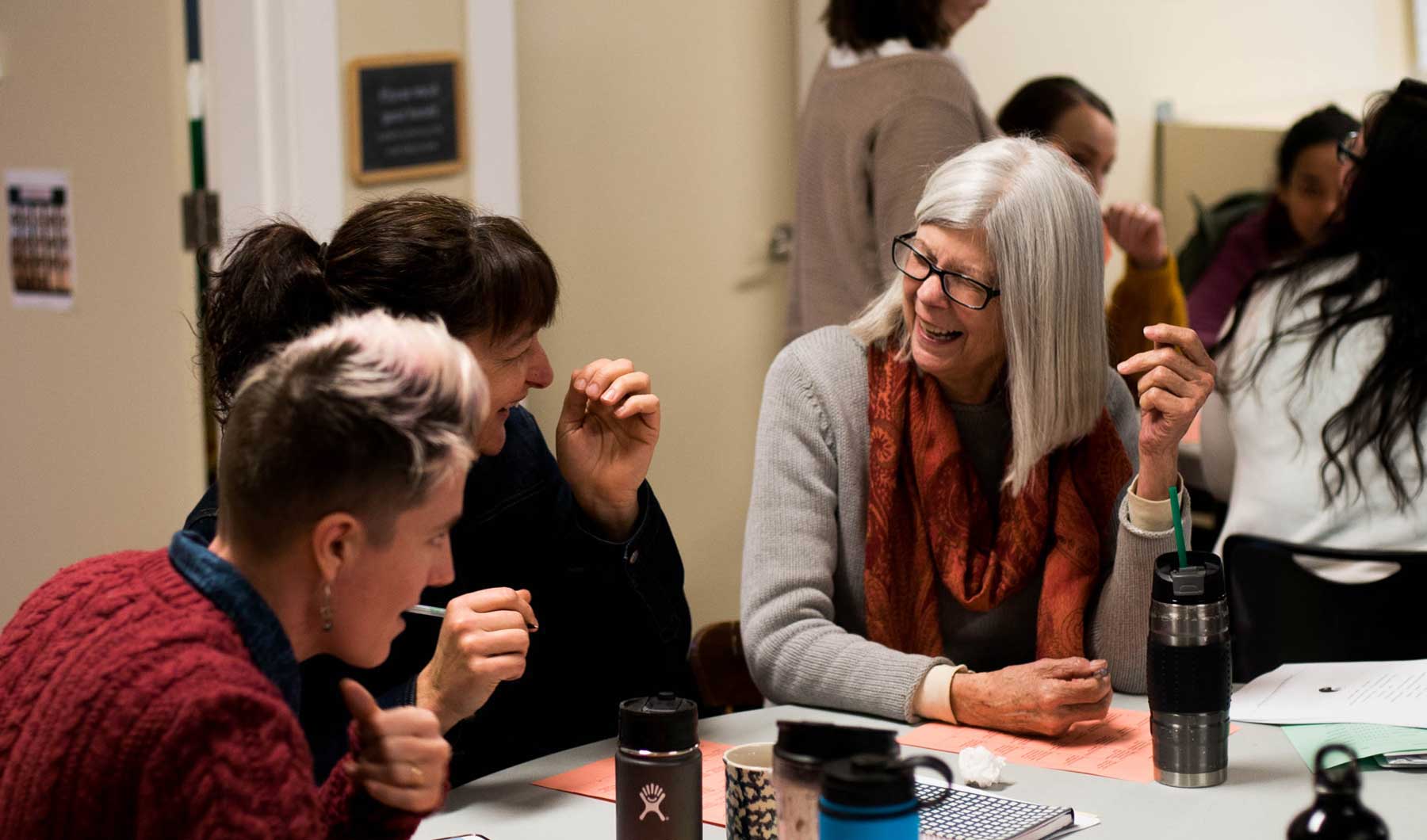
Confluence launches new Digital Resource Library for students, teachers, and anyone curious to connect to a more inclusive story of the Columbia River system.
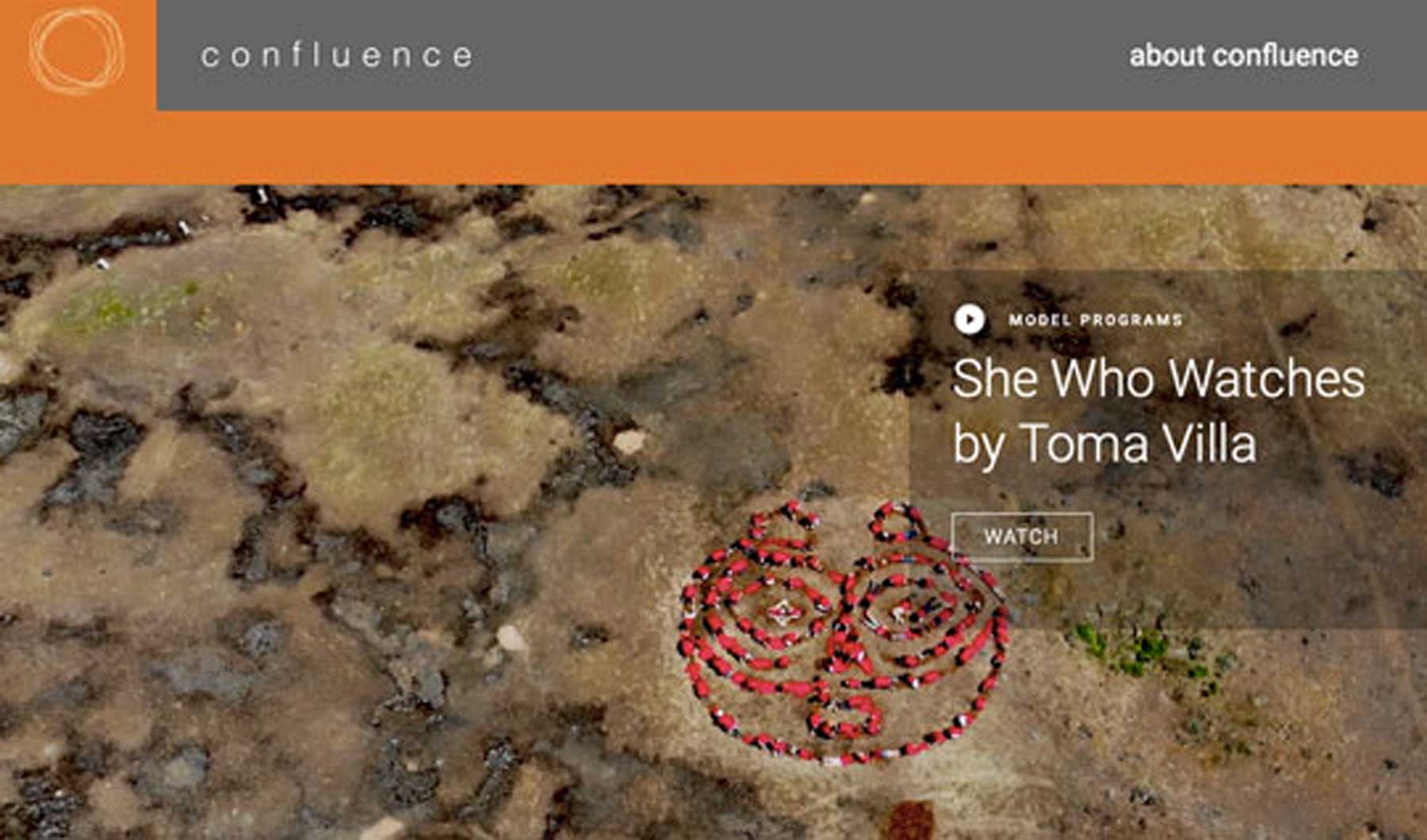
Maya Lin’s art explores how we experience and relate to nature, setting up a systematic ordering of the land that is tied to history, memory, time, and language. Her interest in landscape has led to works influenced by topographies and natural phenomena. Her work asks the viewer to reconsider nature and the environment at a time when it is crucial to do so.
Maya Lin’s Memorials address the critical social and historical issues of our time. The Vietnam Veterans Memorial, which she designed as an undergraduate student at Yale, the Civil Rights Memorial in Alabama, and the Women’s Table at Yale make our history part of the landscape. A committed environmentalist, she is working on her last memorial, “What is Missing?” a cross-platform, global memorial to the planet, located in select scientific institutions, online as a website, and a book, calling attention to the crisis surrounding biodiversity and habitat loss.
